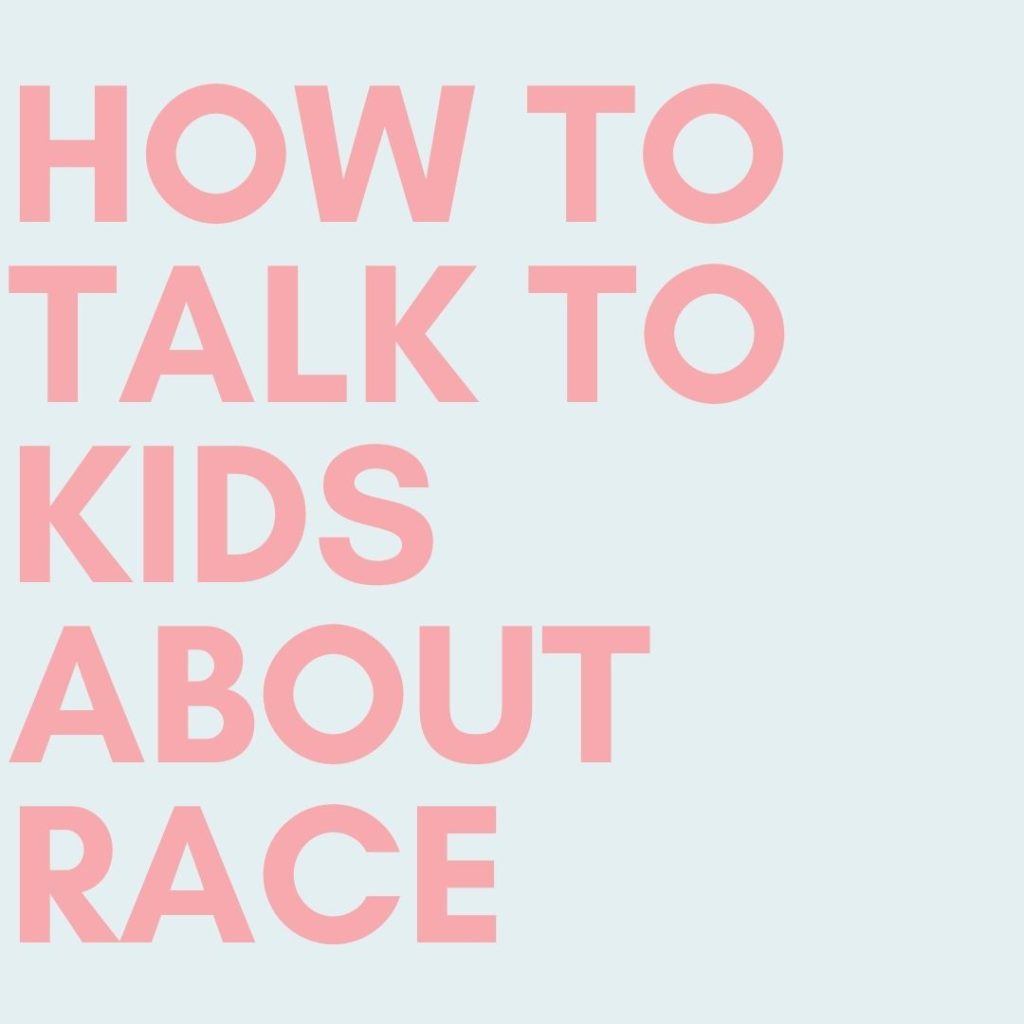Talking about race can be a difficult conversation for many adults, let alone with kids. However, it is a necessary conversation to have, especially in today’s society where issues of racism and diversity are at the forefront of many discussions. Here are some tips to help you have a productive and positive conversation with kids about race:
Start the conversation early:
Don’t wait until a child is older to start talking about race. Kids are observant and start to notice differences at a young age. Starting the conversation early helps normalize the topic and ensures that kids are not left to form their own misconceptions about race.
Use age-appropriate language:
Children of different ages have different levels of understanding, so it’s important to use language that is appropriate for their age and level of understanding. For example, you might start with talking about skin color and the different colors we see in people, and then progress to discussing cultural differences and diversity.
Emphasize similarities and shared experiences:
Rather than focusing solely on differences, emphasize the similarities and shared experiences that people of all races have. For example, everyone needs food, water, and love, regardless of their race.
Celebrate diversity:
Encourage kids to celebrate the differences they see in people, and teach them to appreciate the unique qualities and cultural backgrounds that make each person special.
Be open and honest:
When talking about race, it’s important to be open and honest with kids, and to acknowledge that racism and prejudice do exist in the world. Let them know that it’s wrong to judge someone based on their race and that everyone should be treated with respect and kindness.
Address stereotypes and biases:
Help kids understand that stereotypes and biases are not accurate or fair, and that it’s important to avoid them. Encourage them to question and challenge any assumptions they may have about people of different races.
Encourage empathy and understanding:
Teach kids to put themselves in others’ shoes and to see things from different perspectives. Encourage them to understand and appreciate the experiences of people from different races.
Use media and books to spark discussion:
Use books, movies, and other media to introduce kids to different cultures and experiences. Encourage them to ask questions and discuss their thoughts and feelings about what they see and read.
lead by example:
Children learn by watching and mimicking the behavior of those around them, so it’s important for parents and caregivers to model the behavior and attitudes they want to see in their kids.
In conclusion, talking about race with kids can be a challenging but rewarding experience. By starting the conversation early, using age-appropriate language, celebrating diversity, being open and honest, addressing stereotypes and biases, encouraging empathy and understanding, using media and books, and leading by example, parents and caregivers can help kids develop positive attitudes and beliefs about race.

